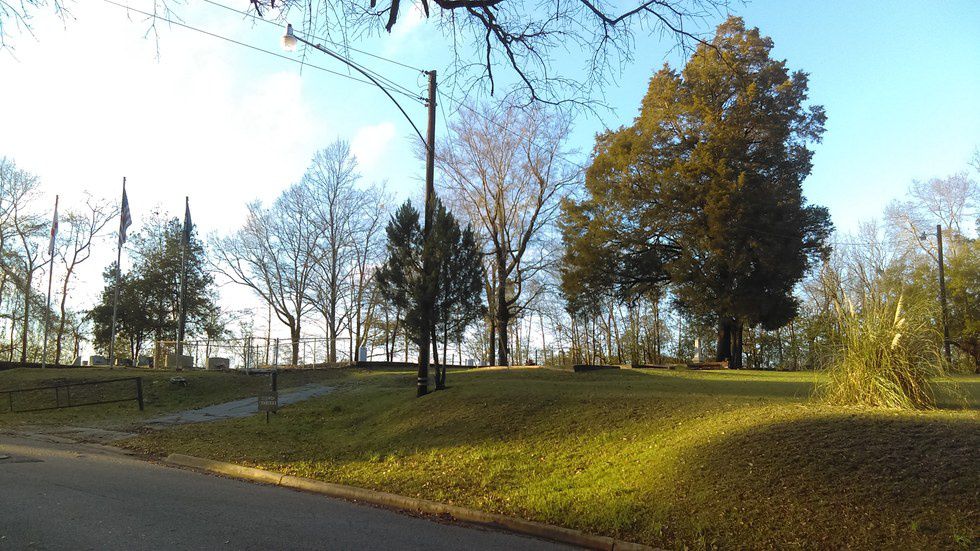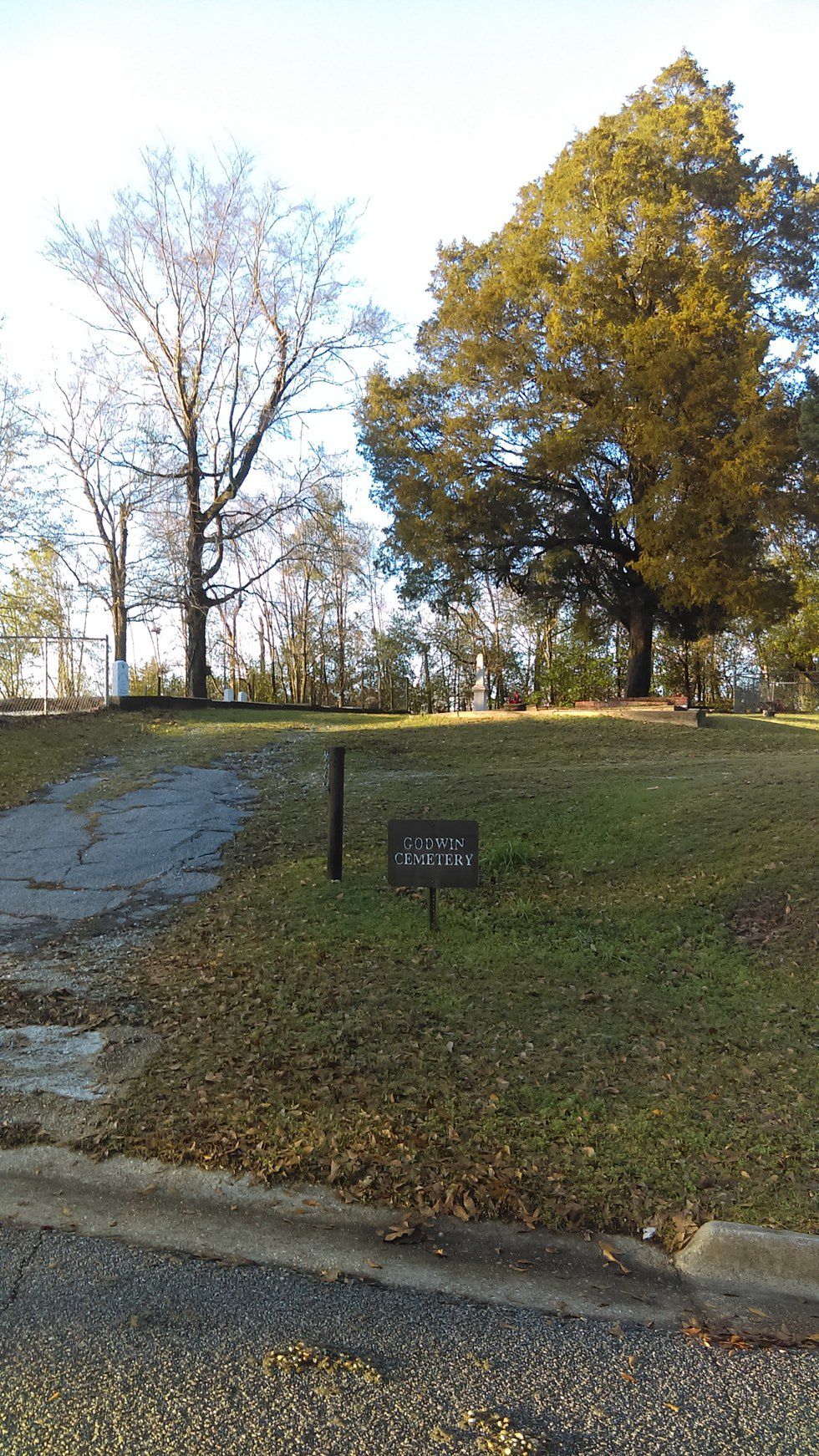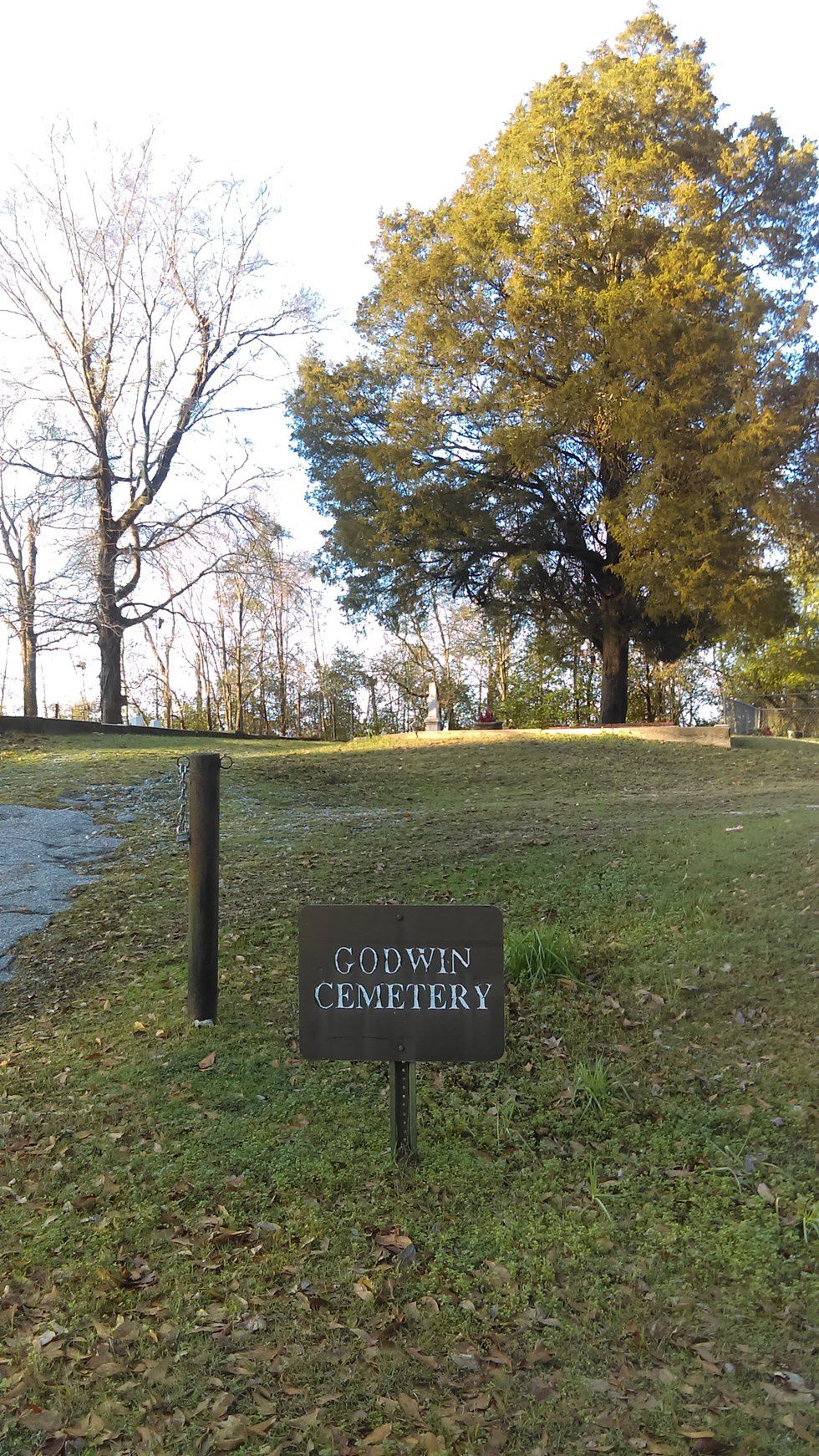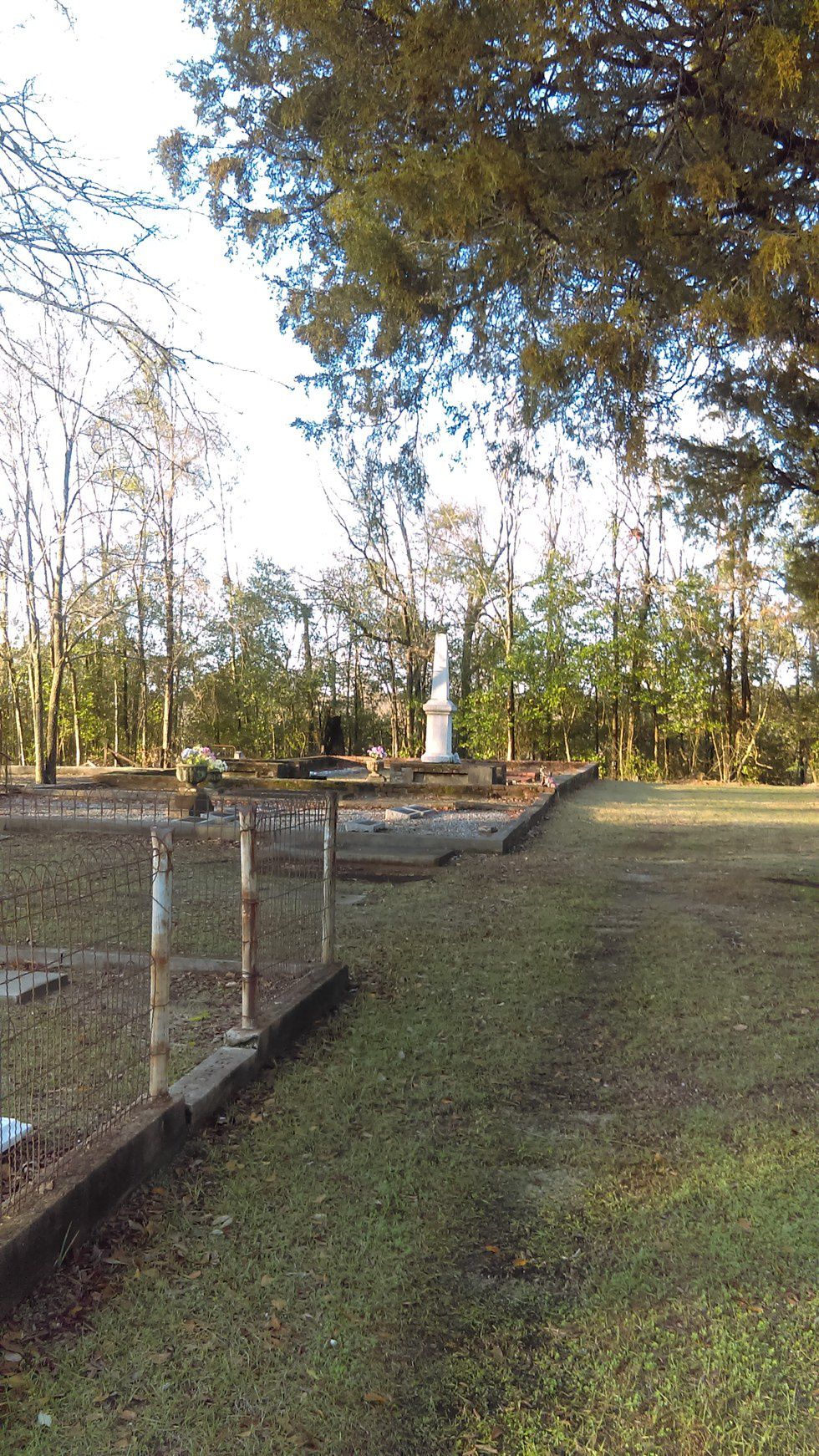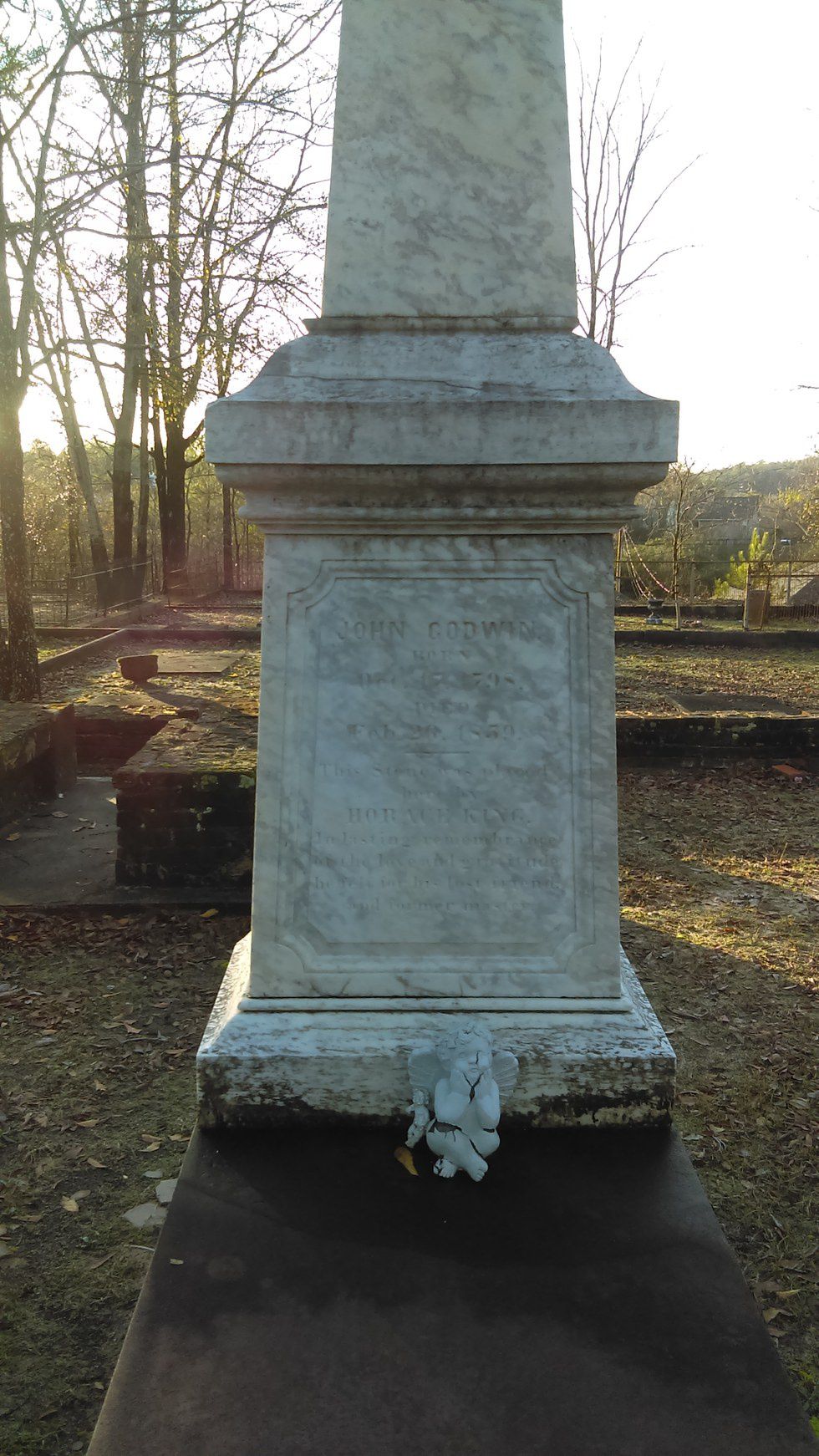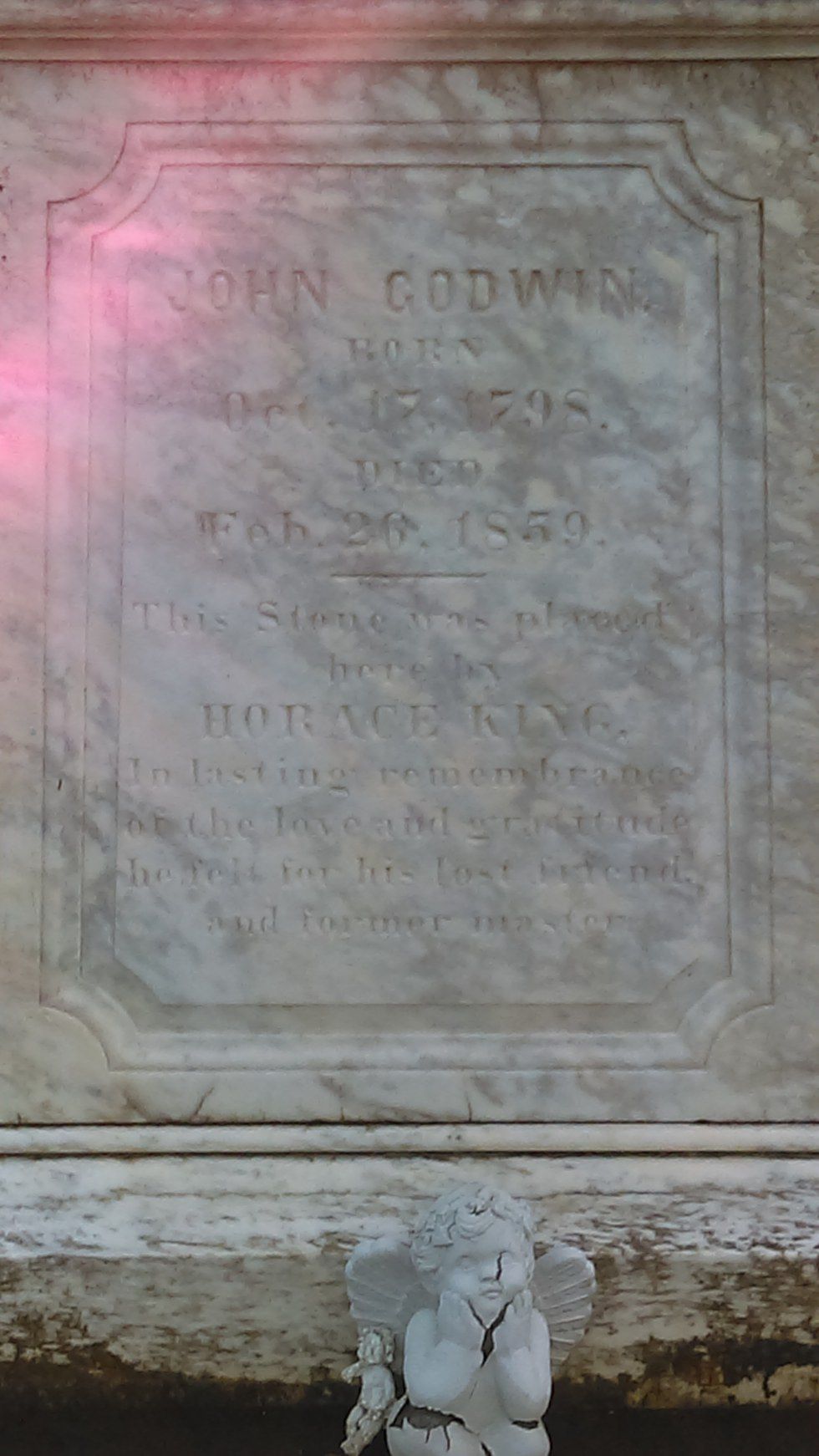Inspired to run to a destination I have wanted to visit for the past year, due to its close proximity and local historical significance, I headed west towards Godwin Cemetery in Phenix City, Alabama, and went back in time; Central Time, as well as historically, through relics and places of the past.
Satellite imagery of path connecting Historic Columbus, Georgia, to Godwin Cemetery, Phenix City, Alabama
At the start, after looking over a map to find where I needed to go, I headed north along Columbus' Chattahoochee Promenade. I passed by the area of where the Confederate Naval Yard once stood, and the site where one of the last battles of the Civil War took place; after the surrender at Appomattox Court House on April 9, 1865.
Recommended for you
In order to cross the Chattahoochee River at the time of the Civil War, in any close proximity to Columbus, you had to cross one of two bridges; the Dillingham Bridge (the first bridge over the river) and the Franklin Bridge. These bridges were built under the planning and direction of two men who created a lasting legacy in the area, as well as abroad.
John Godwin, a South Carolina contractor, first came to Columbus to build the Dillingham Bridge in 1832. When Godwin came to Columbus, he brought with him a brilliant, and hardworking, young man - Horace King.
Although initially restricted by the oppression of slavery, Horace King became known as the most respected bridge builder of the 19th century Deep South, and was elected twice to the Alabama House of Representatives.
Freed from bondage in 1846, Godwin and King would remain business partners, and friends, for the rest of theirs lives. Described as "a special friendship that transcended the master-slave relationship," by the Georgia African American Historic Preservation Network, it was when Godwin died, in 1859, that King paid for his burial expenses, and erected a monument in honor of him.
Resting place of John Godwin affixed with the monument Horace King erected in his honor.
Detail of monument inscription and cherubs on tombstone
The monument's inscription reads as follows:
JOHN GODWIN
BORN
Oct. 17. 1798.
DIED
Feb. 26. 1959.
This Stone was placed
here by
HORACE KING,
In lasting rememberence
of the love and gratitude
he held for his lost friend,
and former master.
A last word on the life and legacy of Horace King by Dr. William H. Green, an authority on the life and work of Horace King: “Laborer and legislator, his life was an astonishing symbolic bridge – a bridge not only between states, but between men. Like one of his stately Town lattice bridges, Horace King's life soars above the murky waters historical limitations, of human bondage and racial prejudice. He did not change the currents of social history, but he did transcend them and stands as a reminder of our common humanity, the potential of human spirit, the power of human respect.”
The following are photographs taken while I approached, and entered, Godwin Cemetery for the first time:
Lastly, for your viewing pleasure, a phenomenal documentary on Horace King:
Lenard, Tom C., director. HORACE: The Bridge Builder King. Off-Media Productions Group, 1996
Google Maps data with location of final resting place of Horace King.
Inscribed over Horace King's tomb:
HORACE KING
SEPT. 8, 1807
MAY 27, 1887
MASTER COVERED BRIDGE BUILDER


 Satellite imagery of path connecting Historic Columbus, Georgia, to Godwin Cemetery, Phenix City, Alabama
Satellite imagery of path connecting Historic Columbus, Georgia, to Godwin Cemetery, Phenix City, Alabama

 Resting place of John Godwin affixed with the monument Horace King erected in his honor.
Resting place of John Godwin affixed with the monument Horace King erected in his honor.  Detail of monument inscription and cherubs on tombstone
Detail of monument inscription and cherubs on tombstone